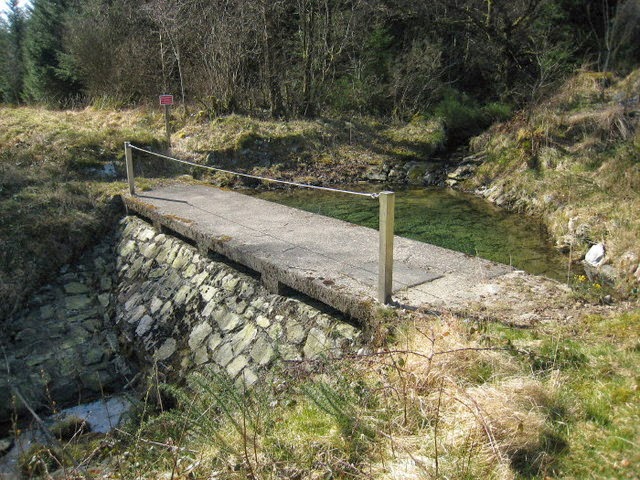The name Erquy comes from the Old Breton: arcae,
‘dam’ or ‘embankment’ [W: argae]. Some have suggested that this could also be Breton: argeen, 'hedge', which I suppose to some people may resemble a dam (or an embankment).
I prefer argae as the origin but it is worth pointing out that the original purpose of a dam was to hold back or limit the flow of rivers in flood.The dams were designed to perform limited and mostly preventative work.
The Welsh argae gives us Penyrargae ('head of the dam'), Argae Nant-y-moch ('pigs' valley dam', see left) and Argae Alwen ('white river dam', see right).
The Welsh argae gives us Penyrargae ('head of the dam'), Argae Nant-y-moch ('pigs' valley dam', see left) and Argae Alwen ('white river dam', see right).
There are plenty of dams in Brittany and all with much grander purposes such as water supply and electricity generation:
There are no dams left in Erquy, unfortunately, but there is a lovely lighthouse and a great harbour!








Comments
Post a Comment